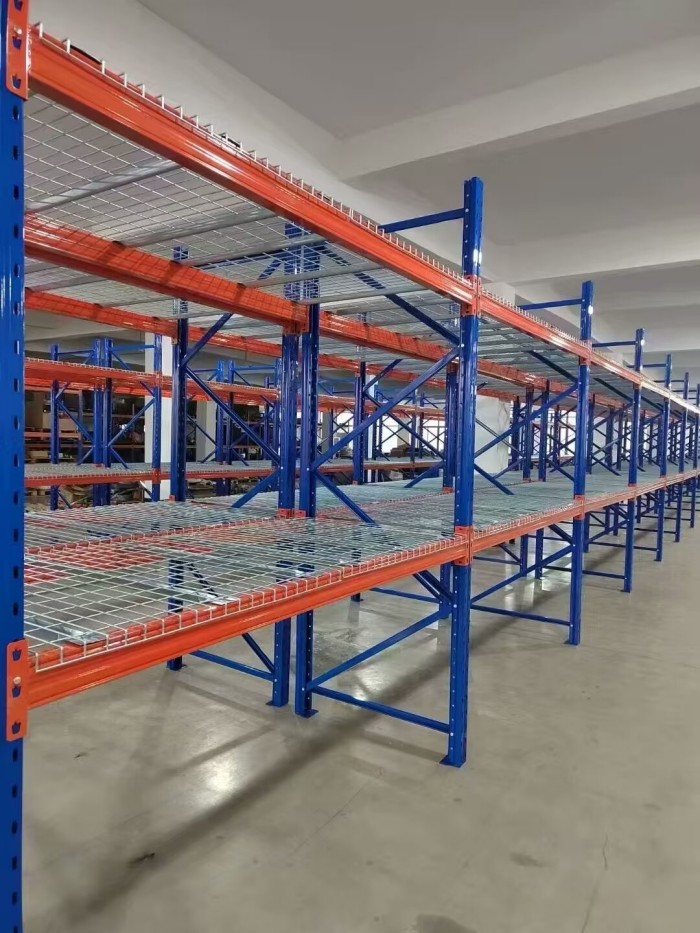When it comes to thermal insulation, understanding the characteristics of different materials is crucial. While some substances excel at trapping heat, others fall short, earning the label of poor insulators. In this article, we delve into the realm of inadequate heat insulators, exploring their properties, applications, and the reasons behind their inefficiency. Join us on this journey as we uncover the secrets of poor heat insulation and shed light on the materials that struggle to keep the cold out and the heat in.
- The Concept of Heat Insulation:
Before delving into poor heat insulators, let's establish a foundation by understanding what heat insulation entails. Heat insulation refers to the ability of a material to impede the transfer of thermal energy. Effective insulation materials prevent heat from escaping or entering a confined space, maintaining a desired temperature gradient. However, poor insulators fail to meet these expectations, leading to energy loss and compromised thermal efficiency. - Identifying Poor Heat Insulators:
2.1 Conductivity and Thermal Resistance:
One of the primary factors that determine a material's insulation capabilities is its thermal conductivity. Poor insulators typically possess high thermal conductivity, meaning they allow heat to flow through them easily. Materials like metals, such as copper and aluminum, are known for their high thermal conductivity, making them inadequate for insulation purposes.
2.2 Density and Air Pockets:
Another aspect that affects a material's insulation performance is its density. Poor insulators tend to have high density, resulting in limited air pockets within their structure. Air is an excellent insulator due to its low thermal conductivity, but when trapped in pockets within a material, it enhances insulation properties. Materials lacking sufficient air pockets, such as solid metals or dense ceramics, struggle to impede heat transfer effectively.
- Examples of Poor Heat Insulators:
3.1 Metals:
As mentioned earlier, metals, with their high thermal conductivity, are poor heat insulators. They readily conduct heat, making them unsuitable for applications requiring thermal insulation. However, metals find extensive use in heat sinks and conductive applications where heat dissipation is desired.
3.2 Glass and Single-Pane Windows:
While glass is a versatile material, it falls short in terms of heat insulation. Single-pane windows, commonly found in older buildings, offer minimal thermal resistance, allowing heat to escape easily. This inefficiency leads to increased energy consumption for heating and cooling purposes. Double or triple-pane windows with insulating gas layers provide superior thermal insulation compared to their single-pane counterparts.
3.3 Concrete and Stone:
Concrete and stone, often used in construction, possess high thermal conductivity, making them poor insulators. These materials readily transfer heat, leading to increased energy consumption for temperature regulation. However, their thermal mass properties can be advantageous in certain applications, such as passive solar heating, where they absorb and release heat slowly.
- Implications and Alternatives:
Understanding poor heat insulators is crucial for optimizing energy efficiency and reducing environmental impact. By identifying materials with inadequate insulation properties, we can make informed decisions when it comes to construction, insulation upgrades, and energy-saving initiatives. Exploring alternative materials, such as fiberglass, cellulose, or foam insulation, can significantly enhance thermal performance and reduce energy consumption.
Conclusion:
In the realm of heat insulation, poor insulators play a significant role in highlighting the importance of selecting appropriate materials for thermal efficiency. By recognizing the characteristics of inadequate insulators like metals, glass, concrete, and stone, we can make informed choices to optimize energy consumption and create more sustainable environments. Remember, the key to effective insulation lies in understanding the properties of materials and their impact on heat transfer.





